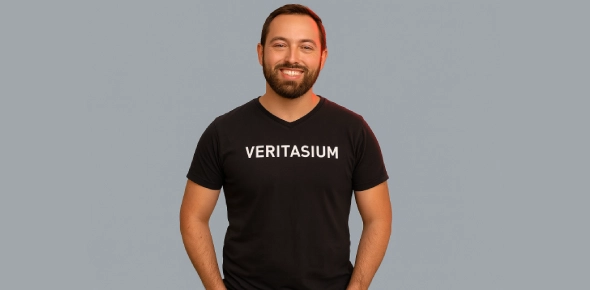Think You're Smarter Than Veritasium? Prove It in This Quiz
2.
We’ll put your name on your report, certificate, and leaderboard.










 Back to top
Back to top






